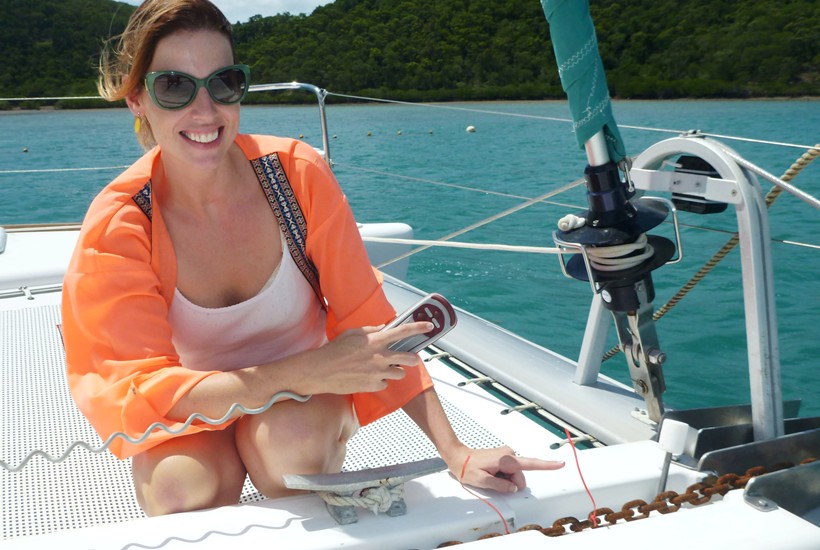One of the most concerning aspects of bareboat chartering for inexperienced sailors is anchoring safely each night, but you shouldn't have any problems if you observe the following simple steps.
Let's assume you've done your homework with your chart and you've determined a safe anchorage area with regard to the prevailing weather conditions, particularly the current wind forecasts. Your engines are running, your headsail furled and mainsail dropped. Your dinghy is either tied short alongside or on the davits, and you're approaching your anchorage location while motoring in idle into the wind.
Once you have confirmed the exact anchorage location you desire:
Happy anchoring!
